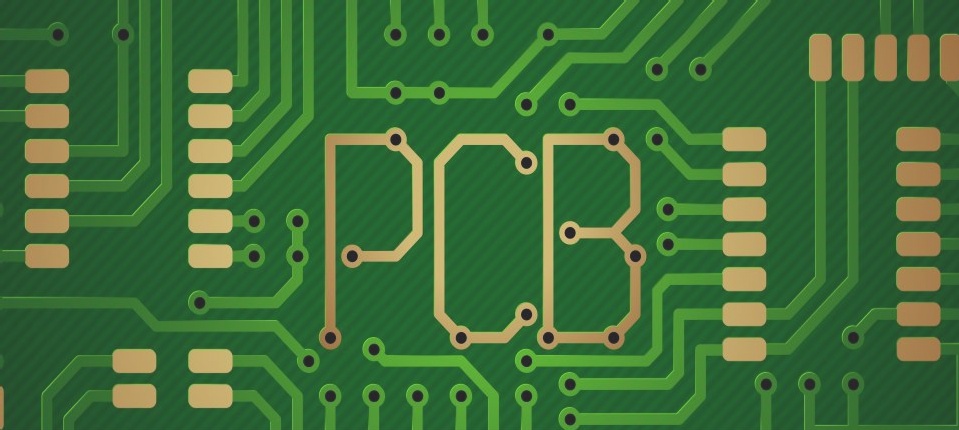The micro-hole characteristics of PCB boards can be utilized for high-density packaging on traditional multilayer board materials like FR-4. Microvias are employed on multilayer boards to achieve interlayer interconnection for the additional surface circuit layers. The number of micro-holes on printed boards can range from less than 100 to thousands.
Despite the relatively fragile nature of microvias, the interconnection between these layers is actually quite robust. This makes them ideal for consumer electronic products such as video cameras, digital cameras, and mobile phones.
As a class of materials for PCB circuit board prototyping, these materials are primarily semi-cured sheets or liquid unreinforced polymers. Once fully cured, these materials typically have a glass transition temperature above 160°C and exhibit excellent moisture and chemical resistance. Additionally, they are non-photosensitive imaging liquid and film non-woven aromatic polyamide laminates.
The z-direction expansion performance is comparable to other epoxy resins and acrylates with similar glass transition temperatures. Due to the absence of reinforcing materials like glass fiber cloth, the microporous materials used by PCB circuit board processing manufacturers are suitable for various hole processing methods such as laser, plasma, or photodeveloping processes. The depth of the hole processing can be accurately controlled up to the target pad.
WellCircuits Limited specializes in manufacturing high-precision double-sided, multi-layer, impedance, blind buried vias, and thick copper circuit boards. Their product range includes HDI, thick copper, backplanes, rigid-flex combinations, buried capacitance and resistance, golden fingers, and other types of circuit boards to meet the diverse needs of customers.
Despite the relatively fragile nature of microvias, the interconnection between these layers is actually quite robust. This makes them ideal for consumer electronic products such as video cameras, digital cameras, and mobile phones.
As a class of materials for PCB circuit board prototyping, these materials are primarily semi-cured sheets or liquid unreinforced polymers. Once fully cured, these materials typically have a glass transition temperature above 160°C and exhibit excellent moisture and chemical resistance. Additionally, they are non-photosensitive imaging liquid and film non-woven aromatic polyamide laminates.
The z-direction expansion performance is comparable to other epoxy resins and acrylates with similar glass transition temperatures. Due to the absence of reinforcing materials like glass fiber cloth, the microporous materials used by PCB circuit board processing manufacturers are suitable for various hole processing methods such as laser, plasma, or photodeveloping processes. The depth of the hole processing can be accurately controlled up to the target pad.
WellCircuits Limited specializes in manufacturing high-precision double-sided, multi-layer, impedance, blind buried vias, and thick copper circuit boards. Their product range includes HDI, thick copper, backplanes, rigid-flex combinations, buried capacitance and resistance, golden fingers, and other types of circuit boards to meet the diverse needs of customers.


